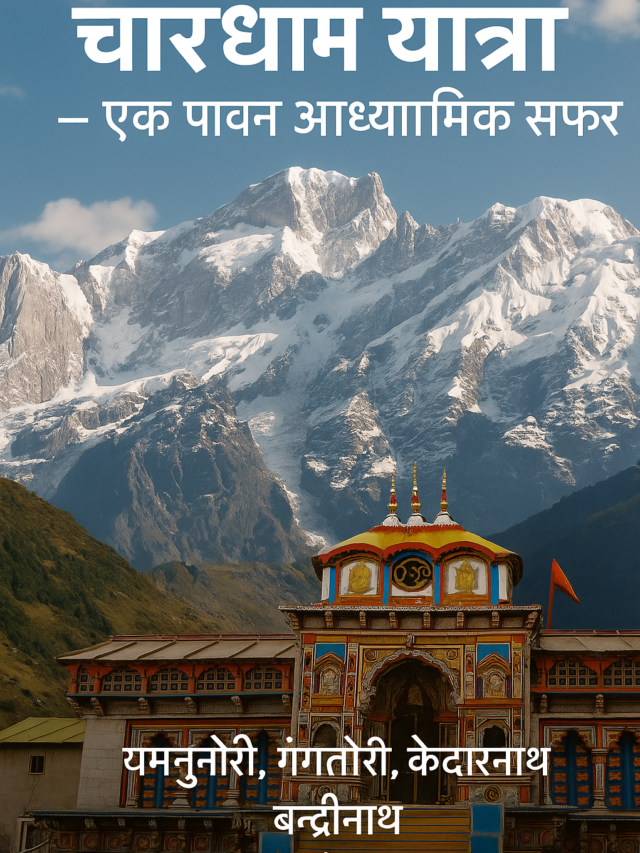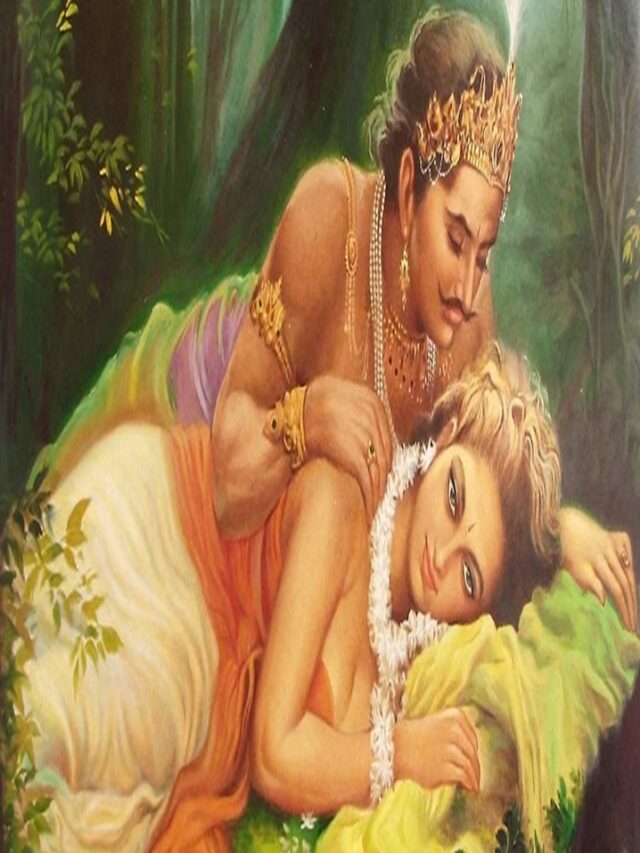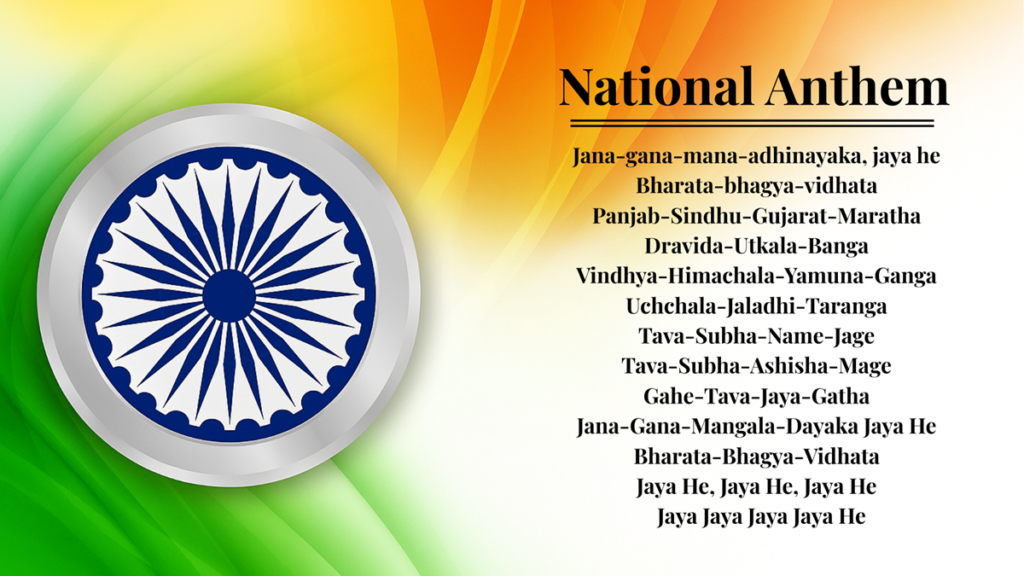Table of Content
Contents
Every country has a melody that resonates with deep feelings – a song that is a combination of patriotism, longing, and a call to unity. For India, that song is “Vande Mataram”. A song that is so much more than music, it is the pulse of India’s cultural identity and freedom struggle.
First encountered in the pages of a 19th-century novel by Bankim Chandra Chattopadhyay, Vande Mataram went from ink to a rallying cry against colonial oppression; the words “I bow to thee, Motherland!” rang home to millions of freedom seekers and inspired a people to the courage of voice and defiance.
With Vande Mataram in the heart of a new country’s modern identity, it has seeped into the psyche of Indian culture. Even today, it still resonates at every site of national celebration, ensuring the song is not merely a verse of a life long past, but an enduring sentiment of unity, pride, and devotion to the Motherland. But have you ever wondered how a song penned more than a century ago rose from the pages of a novel to become a national emotion that still moves India today?
The Origins of “Vande Mataram”
The national song of India, “Vande Mataram,” originated in the 1870s from the pen of Bankim Chandra Chattopadhyay and first appeared in the magazine Bangadarshan in 1875. This legendary Bengali author, who was a district collector under the British, wrote this hymn full of emotion in a Sanskritized Bengali, where potent words became an eventual mantra of Indian nationalism.
While “Vande Mataram” became successfully popularized by Chattopadhyay’s inclusion in the novel Anandamath in 1882, the highly respected writer conceived the lyrics with a profoundly deep spirit of devotion thought to be rekindled from an alleged embarrassing episode. The novel Anandamath is set during the Sannyasi Rebellion as well as the infamous Bengal famine of 1770. The novel projects the motherland as a holy goddess. In Anandamath, “Vande Mataram” is seen as a prayer from the collectivity to the divine. The phrase “Vande Mataram,” meaning “I bow to thee, Mother,” invokes both patriotic and spiritual devotion and represents India’s nurturing and resilient spirit.
We might also consider the presumable fictional inspiration for this song arose from personal humiliation by Colonel Duffin, a British officer, who purportedly assaulted Chattopadhyay during a cricket match in Berhampore in 1873. This personal reduction of Indian dignity may have ultimately led Chattopadhyay to develop one of the greatest and most passionate statements of national pride recorded in global literature.
Lyrics and Translation
The original “Vande Mataram” has six stanzas in an exquisite blend of Bengali and Sanskrit, yet only the first two stanzas are officially recognized as India’s National Song. The first couplet creates images of nature’s beauty and the maternal aspects of India.
The first stanza of Vande Mataram lyrics starts with the iconic invocation:
“Vande Mataram!
Sujalam, suphalam, malayaja shitalam,
Shasyashyamalam, Mataram!”
Vande Mataram!
Shubhrajyotsna Pulakitayaminim,
Phullakusumita Drumadala Shobhinim,
Suhasinim sumadhura bhashinim,
Sukhadam varadam, Mataram!
Vande Mataram!“
Sri Aurobindo’s poetic English translation, widely considered the most faithful rendition, captures the essence beautifully:
Mother, I bow to thee!
Rich with thy hurrying streams,
Bright with thy orchard gleams,
Cool with the winds of delight,
Dark fields waving, Mother of might,
Mother free.
Glory of moonlight dreams,
Over thy branches and lordly streams,
Clad in thy blossoming trees,
Mother, giver of ease,
Laughing low and sweet,
Mother, I kiss thy feet,
Speaker sweet and low,
Mother, to thee I bow
The last four stanzas are not officially adopted and have a more superior religious reliance with references to Hindu gods, goddess Durga, etc. In the later stanzas, the motherland is referred to in different ways using Goddesses. The latter stanzas with regard to the invocation, contain phrases like “Tvam hi Durga dashapraharandhārini” (Thou art Durga, that bear ten weapons) and including Kamala (Lakshmi) and Saraswati references.
Literary and Musical Beauty
“Vande Mataram” is renowned for its beautiful language, adequately represented by a mixture of Sanskrit and Bengali. It evokes images of lush green fields, flowing rivers, and the divine feminine as Mother India. The first stanza, now India’s National Song, is full of metaphors and poetic devices that induce awe and pride.
The musical history of “Vande Mataram” began when Rabindranath Tagore first sang it at the Indian National Congress session in Calcutta in 1896. It was the moment when the song moved from literature to a living, breathing, sung anthem of resistance. The modern music, which we now recognize today, is attributed to V.D. Paluskar (in the ‘Kaafi’ melody), who was the founder of Gandharva Mahavidyalaya and highly respected by Mahatma Gandhi, who added to the appeal of the song with this unfolding melody, which successfully captured the mood and seriousness of the verses.
Nonetheless, at first, its music was composed by Jadunath Bhattacharya, but it was Tagore’s rendition that gave it exposure. Later, it was set to various ragas by various musicians. It is commonly in Raga Desh, which is the raga associated with monsoon and devotion. It has been reinterpreted in passing years by legends like Rabindranath Tagore, Pandit Ravi Shankar, and A.R. Rahman.
Role in India’s Freedom Struggle
Very few songs in all of world history have rallied a country quite like “Vande Mataram” did during India’s struggle for its independence. Vande Mataram became an iconic rallying cry during the Swadeshi Movement (1905–1908) when Bengal was partitioned by the British; it resonated loudly with protesters in processions, it was recited by students in classrooms across Bengal, and leaders invoked it in speeches to promote patriotic zeal. It became the symbol of revolutionaries working in Bengal, including Bipin Chandra Pal, Aurobindo Ghosh, and Lala Lajpat Rai.

- Iconic moments
The refrain of Vande Mataram consistently echoed across historic protests such as the Non-Cooperation Movement and the Civil Disobedience Movement, as it was invoked at the 1905 anti-partition rallies in Kolkata, and was sung numerous times in protests across the subcontinent, from rural gatherings to metropolitan marches. - Reactions from society and the British
While Indian society largely endorsed the song as a sign of unity and pride, the British authorities were concerned about the mobilizing capacities that Vande Mataram had. The colonial authorities often attempted to restrict the use of Vande Mataram in public political meetings, particularly in schools, and suggested that by invoking the song, it was a use of sedition. Ironically, each restriction only became a reason to enhance the popularity of Vande Mataram and the embodied symbolism. - Revolutionary Spirit: For many freedom fighters, Vande Mataram was their last salute to the motherland.
- Matangini Hazra, shot during a protest in 1942, died chanting “Vande Mataram.”
- Kanneganti Hanumanthu and such others as Satyen Chandra Bardhan and Sushil Lahiri embraced the gallows with the same words on their lips.
- Revolutionary groups adopted it as a slogan, treating its recitation as both prayer and protest.
- Matangini Hazra, shot during a protest in 1942, died chanting “Vande Mataram.”
The impact of the song was not limited to official politics. It was a unifying thread that ran across regional, linguistic, and social barriers, kniting a sense of community between Indians who had never considered themselves part of a common people. Sri Aurobindo referred to it as the “National Anthem of Bengal,” although its popularity soon extended nationwide.
Official Status and Adoption Process
The formal establishment of “Vande Mataram” as the National Song of India followed substantial deliberation over several decades. Firstly, the Congress Working Committee chose the first two stanzas of the song to determine the universal nature of the song without offending anyone prior to India’s independence in October 1937.
The decision was officially recognized on January 24th, 1950. The Constituent Assembly of India adopted “Vande Mataram” as the National Song of the Republic of India when the Constituent Assembly met for its last sitting on the same day the Assembly elected Dr. Rajendra Prasad as the first President of India.
President Dr. Rajendra Prasad issued an important statement at the time of adoption, announcing that “the song Vande Mataram, which has played a historic role in the struggle for Indian independence, will be honoured equally with ‘Jana Gana Mana’ and will have equal status with it”. This announcement created the peculiar double system in which India possesses both a National Anthem and a National Song with equal dignity.
Significantly, though there is no mention of a “national song” in the Constitution of India, the government submitted an affidavit to the Delhi High Court in November 2022 that “Jana Gana Mana” and “Vande Mataram” would “be on the same level” and citizens must pay equal respect to them. In contrast to the National Anthem, which must be sung within a specified time of 52 seconds, there is no time or circumstantial measure for rendering the Indian National Song.
“Vande Mataram” in Modern India
Modern India has adopted “Vande Mataram” in many new interpretations while retaining its original essence. A.R. Rahman’s 1997 music album, “Vande Mataram,” was a turning point, featuring the legendary song “Maa Tujhe Salaam.” The album was Sony Music India’s biggest-selling non-film album and was awarded the 1998 Screen Videocon Award for Best Non-Film Album.
Rahman’s rendition became globally popular, with “Maa Tujhe Salaam” voted second in BBC World Service’s poll of the world’s ten most well-known songs ever. The song also owns two Guinness World Records for being sung in the highest number of languages—265 individually and 277 with a chorus.
In schools, the song still plays an important role. Its singing has been ordered by courts in schools and colleges to “instil patriotism in every citizen”. Large-scale performances with thousands of schoolchildren are not uncommon, like when 25,000 schoolchildren sang it en masse in Bhubaneswar in 2016.
Contemporary technology has made possible world performances, such as a memorable performance by a 1,000 all-female choir in Dubai, surprising A.R. Rahman himself. Digital media feature new interpretations on a regular basis, making the song available to young generations while keeping its cultural value intact.
Controversies
The debates about Vande Mataram, India’s national song, have focused mainly on its divine imagery and its purported exclusiveness. Certain verses beckon responses from certain Muslim organizations and clerics, who claimed that associating the country with the goddess Durga goes against monotheism. The Indian National Congress then faced this discomfort in 1937, and formally adopted only the first two stanzas —which contain no religious reference—as the national song to assuage minority communities’ sense of belonging.
At times, the political question has been raised to challenge patriotism or create division, and some have tried to make the singing of the song mandatory. On various occasions, fatwas have suggested that Muslims should not sing Vande Mataram, accompanied by protests and public discussions. Alternatively, many moderate voices (both Muslim and Hindu) maintain that respect for national symbols can coexist alongside freedom to practice one’s religion. Today, India’s policy facilitates respect for Vande Mataram without forcing or enforcing any mandatory requirement to sing it. The song can play a role in unity, and, perhaps even more importantly, it continues the discussion of pluralism.
Fun Facts and Lesser-Known Insights
Several fascinating aspects of “Vande Mataram” remain relatively unknown:
- Translation Legacy: The first English translation was Nares Chandra Sen-Gupta’s 1906 version of “Anandamath,” called “The Abbey of Bliss.” Sri Aurobindo’s prose translation was published in Karmayogin on November 20, 1909.
- Global Impact: While the song has not formally been given international recognition like some national anthems, the song has embedded itself in cultural expression throughout the world, particularly in the Indian diaspora. The song has been translated into numerous languages and has been sung in Indian cultural festivals all over the world.
- Musical Evolution: It has been composed in various ragas over the years, the most common one being set in Raag Des, though it also has versions in Raag Kafi. There have been numerous variations by different artists, including classical and traditional interpretations,S to fusion arrangements based on contemporary music.
- Digital Age: Modern-day renditions keep setting new records, with coordinated singing events with tens of thousands of people becoming routine events on national days of celebration.
- Constitutional Recognition: Even though the Indian Constitution does not specifically state a “national song,” affidavits by the government have stated that both the national anthem and national song should be given equal respect.
- Some historians note that Vande Mataram also influenced Bande Utkala Janani, the state song of Odisha, reflecting its pan-Indian inspiration.
The history of “Vande Mataram” is not just the history of a song—it is the history of a nation’s aspirations, travails, and eternal hope. At its essence, “Vande Mataram” reflects India’s unshakeable unity in diversity, the bravery of its freedom fighters, and the dreams of its people. Whether recited in a quiet classroom, sung at a grand state ceremony, or remembered in silent awe, its magic lives on.
What does “Vande Mataram” hold for you? Do you remember singing it on a special day or listening to it for the first time? Go ahead and share your thoughts, experiences, or even your personal musical compositions in the comments. Let’s keep the spirit of this lovely national song alive, commemorating what binds us together.
Who wrote Vande mataram?
The national song of India, “Vande Mataram,” originated in the 1870s from the pen of Bankim Chandra Chattopadhyay.
When Vande Mataram was adopted as the national song of India?
The decision was officially recognized on January 24th, 1950. The Constituent Assembly of India adopted “Vande Mataram” as the National Song of the Republic of India when the Constituent Assembly met for its last sitting on the same day the Assembly elected Dr. Rajendra Prasad as the first President of India.
Subscribe Our Youtube Channel: https://www.youtube.com/@BhartiSanskriti-BS









